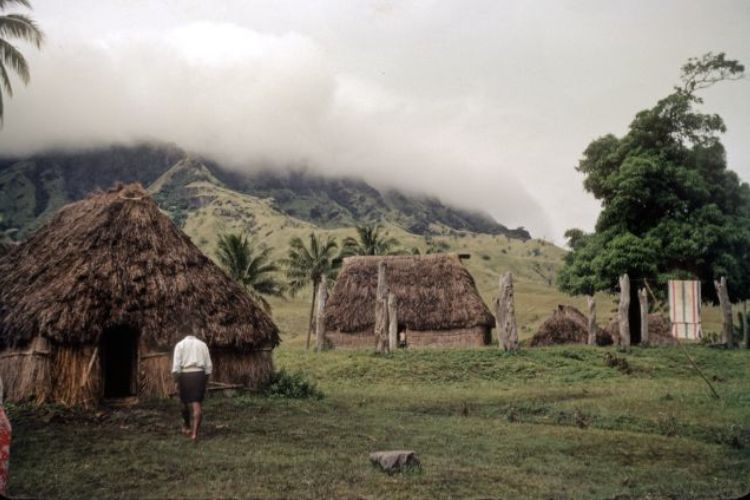
Introduction
Nearly every visitor to Fiji for the past century and a half has asked these questions. This sketch of the Fijian language answers them (and many others), showing that the designers of the alphabet didn’t choose its unusual features at random. Nor did they run out of certain letters when they began to print books in Fijian, as has sometimes been suggested.

Instead, there were reasons for their choices, and the result is a very efficient writing system—so efficient, in fact, that you can pronounce most Fijian words accurately if you learn just a few simple rules.
Every language is closely tied to the culture of its speakers. And, just as you can enjoy Fiji more by participating in its culture, you can also enjoy it more by learning and using some of its language, even if it’s only a few common words and greetings to show that you’re interested.
In many parts of the Pacific, the native languages are barely surviving. The visitor to Fiji is fortunate, for Fijian is a living language—a language to be used, to be perpetuated, and to be enjoyed.
The world discovers Fijian
All in the Family – Fijian is part of a language family known as Austronesian or Malayo-Polynesian, extending west to Madagascar, east to Easter Island (Rapanui), and northeast to Hawai‘i.
The word “family” here doesn’t imply that languages have parents or children, but instead that these now distinct languages were once much more similar, perhaps spoken in one community.
Today, even though speakers of most of these different languages can no longer understand each other, there are some common words that have remained almost unchanged. The following examples are from just a few of the members of the family:
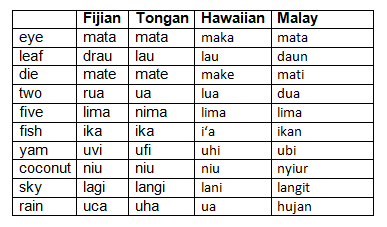
Phrasebooks
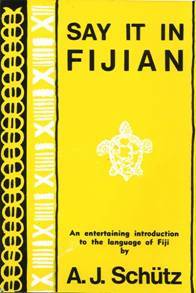
Those interested in further studies of Fijian will find Albert Schutz’s Say It In Fijian (Pacific Publications, Sydney, 1979) an excellent introduction to the language. The book is available in Fiji. Likewise, Schutz’s Spoken Fijian (University Press of Hawaii, Honolulu, 1979) is a good primer for more advanced studies. My experience in Fiji has been that even the most minimal attempt at learning a few words or phrases will be amply rewarded with kindness and a greater respect for the visitor.
About the Author
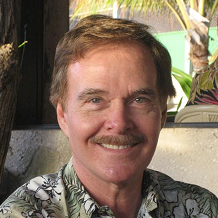 I grew up on a farm in northern Indiana, received a B.Sc. from Purdue University in English, Speech, and Mathematics, and did graduate work at the University of Michigan, University of London, and Cornell University, where I received a Ph.D. in 1962. I’ve been a faculty member at the University of Hawai’i at Manoa since that time. My interest in the Pacific and in the history of Pacific linguistics was kindled by research and teaching in Hawai’i and Fiji in 1960-61. Since that time, I’ve worked in Pacific collections in Fiji, New Zealand, Australia, England, Germany, Norway, and the U.S. mainland, always on the general topic of the history of Pacific linguistic research, but also narrowing the focus to specific languages such as Fijian, Maori, and Hawaiian.
I grew up on a farm in northern Indiana, received a B.Sc. from Purdue University in English, Speech, and Mathematics, and did graduate work at the University of Michigan, University of London, and Cornell University, where I received a Ph.D. in 1962. I’ve been a faculty member at the University of Hawai’i at Manoa since that time. My interest in the Pacific and in the history of Pacific linguistics was kindled by research and teaching in Hawai’i and Fiji in 1960-61. Since that time, I’ve worked in Pacific collections in Fiji, New Zealand, Australia, England, Germany, Norway, and the U.S. mainland, always on the general topic of the history of Pacific linguistic research, but also narrowing the focus to specific languages such as Fijian, Maori, and Hawaiian.
©2022 Dr. Albert J. Schütz








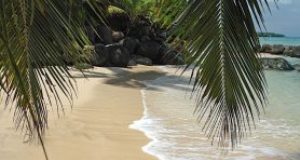
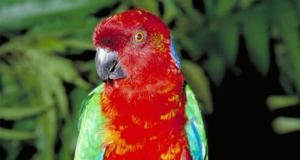


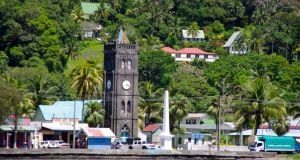










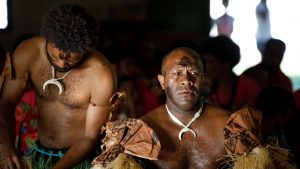
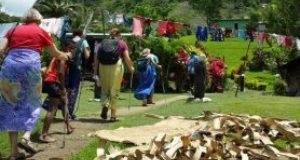











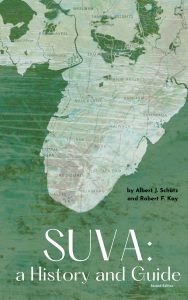
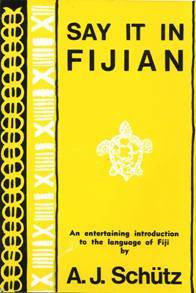

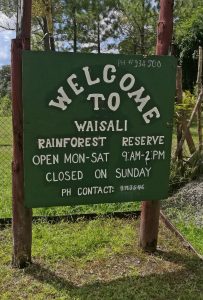

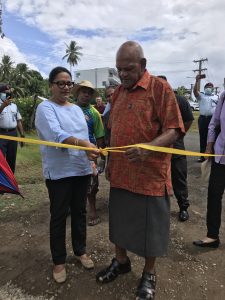

Leave a reply